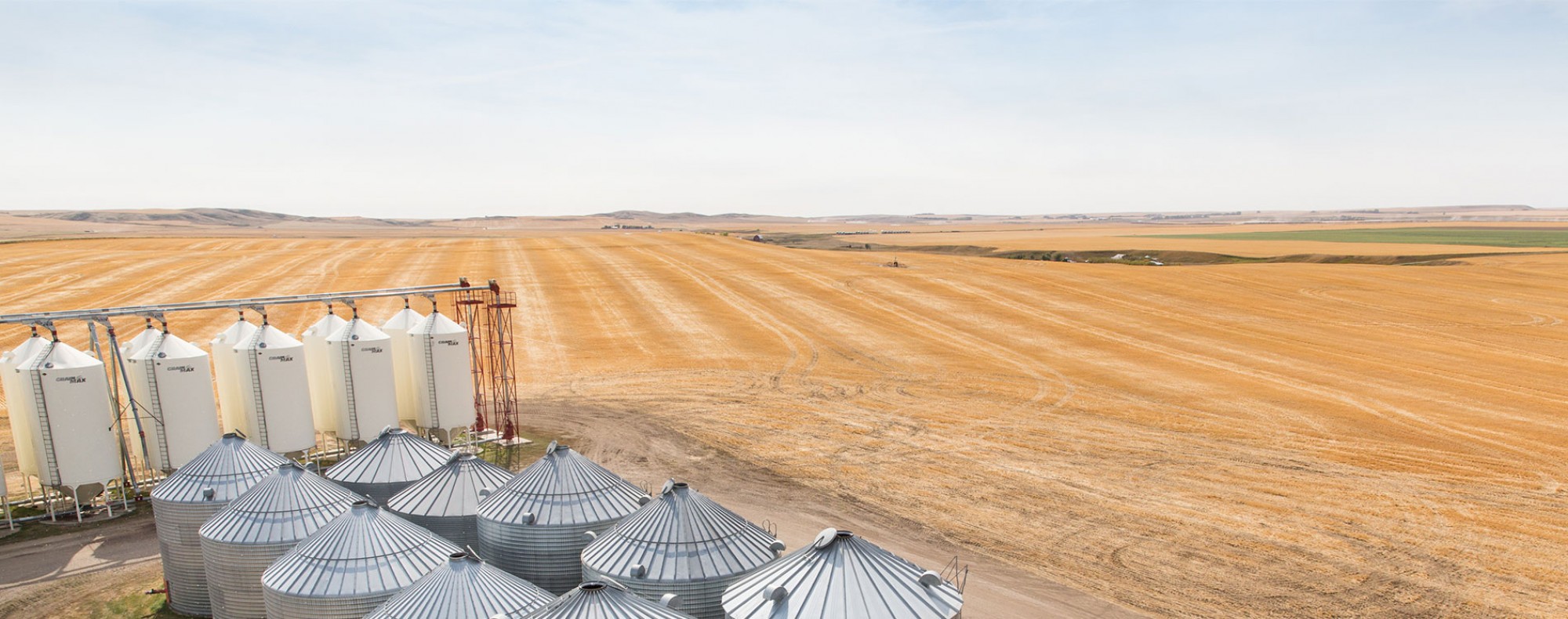Quality and yield response of malting barley varieties to increasing nitrogen rates
This Barley Research Cluster project was funded by Alberta Barley in collaboration with the Atlantic Grains Council, the Brewing and Malting Barley Research Institute, Rahr Malting and the Western Grains Research Foundation via the AgriInnovation Program.
Project
lead: Dr. John O’Donovan, Research Scientist
Agriculture and Agri-Food Canada
Start Date: April 2013
End Date: March 2018
Alberta
Barley’s contribution: $54,123
Total funding from other
partners: $408,845
Benefits
for barley farmers:
Outcomes of this project include the identification of varieties that are
relatively efficient at utilizing nitrogen and that are less affected by
nitrogen in terms of protein, beta-glucan and other quality parameters that
improve overall modification. It is possible that one of these new barley
varieties could replace AC Metcalfe as the most widely grown variety in Western
Canada.
Summary:
This project will provide information on which barley varieties respond best to
nitrogen both in terms of nitrogen-use efficiency and effect on end quality of
malting and feed barley.
Results:
Nitrogen fertilization
to malt barley as any other crop will result in an increase in yield. High
nitrogen could also result in higher than acceptable kernel protein content
which poses a risk for farmers as barley kernel with protein content higher
than 12.5% is typically not accepted for malt grade barley. The objective of
this study was to investigate if certain barley varieties could receive high
applications of nitrogen with a more limited response in terms of quality
parameters such as kernel protein content when compared to check varieties like
AC Metcalfe. This study, hosted over 4 years at 7 sites, followed the response
of CDC Kindersley, Cerveza, ABI Voyager, AAC Synergy and AC Metcalfe malt barley
varieties to increasing nitrogen rates (0, 25, 50, and 100 kg ha-1).
Yield and kernel protein contents increased with increasing nitrogen rates. AC Metcalfe was the lowest yielding variety while AAC Synergy was the highest yielding among the tested varieties. ABI Voyager showed the lowest protein overall followed by AAC Synergy. These 2 varieties had kernel protein contents below 12.5%, even at the highest nitrogen application rate when averaged across sites and years. The environment was seen to have a significant impact on barley kernel protein contents. Days to maturity and lodging increased with increasing nitrogen rates irrespective of variety. Nitrogen rates did not influence percent plump kernels or thousand kernel weight.
AAC Synergy was identified in this study as a malt barley variety that had higher yield, lower kernel protein content under high nitrogen fertilization rate and also demonstrated good agronomic characteristics. However, it is slightly later maturing than the check variety (AC Metcalfe), but otherwise appears to have good characteristics for adoption as a new malting cultivar in western Canada.
